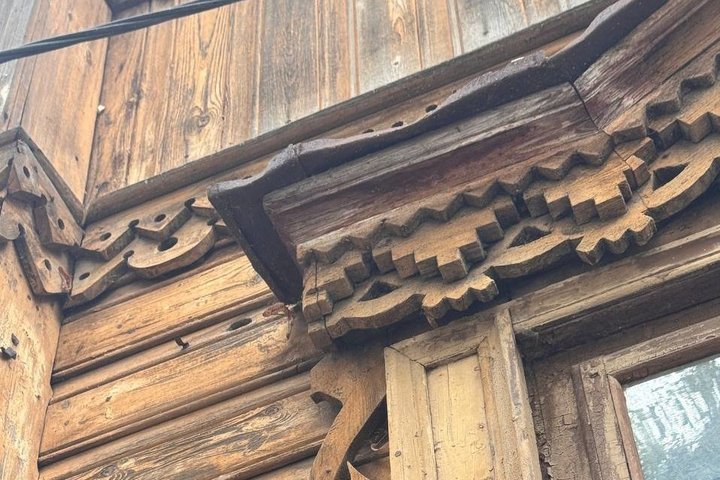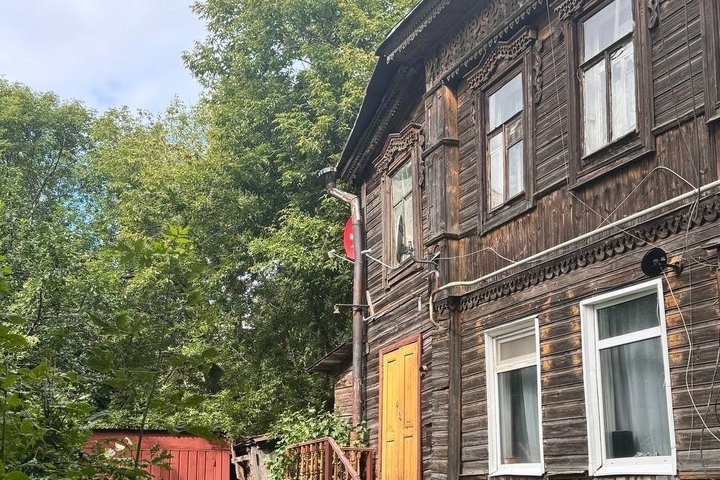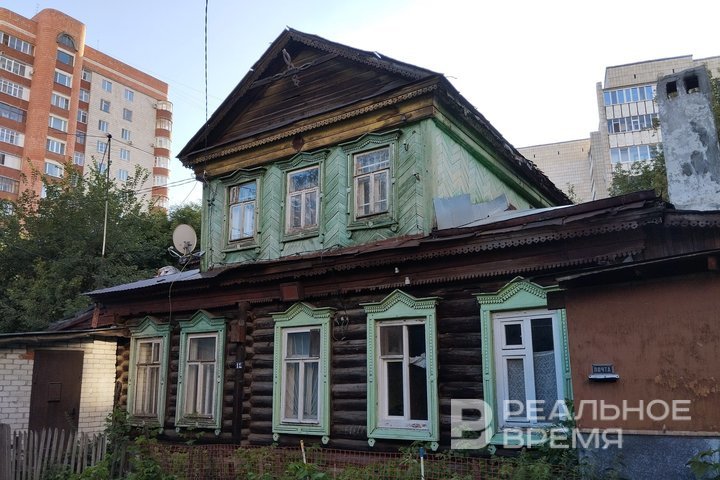Elena Valeeva: ‘Modern architecture should be tolerant to the memory of the place’
Can new buildings reflect the historical memory of the area?

In the capital of Tatarstan, not only the right bank of the Kazanka River and exits from the city are being actively built up: new facilities are also appearing in the historical centre — on Narimanov, Sarah Sadykova streets, in the Chekhov market area. The most high-profile initiative of these years is the river port area. Can architecture reflect the historicity of a place? Elena Valeeva, thechief architect of Tatinvestgrazhdanproekt SUE, discusses this topic in the author's column for Realnoe Vremya.
“Architecture at arm's length”
In my subjective opinion, architecture can and should have a socio-cultural component. Now the concept of identity is of concern to many, but it is a rather difficult philosophical concept.
By asking yourself what my own identity is, you can get a little closer to understanding identity in architecture. This concept lies in the plane of a certain uniqueness of ideas about the environment, implicated in their own feelings, preferences, even habits in relation to the geography of the place, ethnicity and cultural affiliation. In other words, everyone has their own identity and their own understanding of identity in architecture.

I have formulated the concept of “architecture at arm's length” for myself and I think that identity is right here. For example, on the way to school, which sometimes ran along Schmidt Street, and sometimes along Vishnevsky Street, I looked at private wooden houses with carved architraves, I knew that grandfather used to smoke on a certain porch at the same time, and a wild pear grew near the fence of one of the houses, which has the most unusual, round, bright leaves in autumn... Many had cotton wool with sequins between the windows, and snowflakes cut out of paper were glued to the windows.
The houses were all different and they made up a warm and familiar picture so much that the slightest change was always noticed: here someone painted the door, and here a shop appeared… I am sure that each of us has memories associated with our native environment — the yard or the road to school, a swing with a broken piece of wood, a creaking entrance door.

How to save the memory of a place
Thus, the conclusion is quite simple — everything that catches the eye on the scale of a person who greedily absorbs any information, starting from a word scrawled on the wall, the peeling paint of the casing and up to the street going into perspective, forms our memory.
Modern architecture should not only be tolerant of the memory of a place, it should form a new memory. As for the specifics, how can this be done? Of course, there is no single answer, but the main postulates can still be formulated.
- Context is an understanding of the current environment (type, condition, style, density and other qualities of the surrounding development and the given territory).
- Co-scale is the definition and assessment of the scale of the future object relative to the distance for its possible perception (from the opposite side of the street, near, and so on from all possible points).
- Memory is the history of the area and the environment (what, who, when, from what, for what, and so on).
- Understanding the need to reproduce a lost identity.

Building with residents
It is clear that after such an analysis, the architect's creativity will become quite conscious, of course, the result will be influenced by individual taste, budget, function, and customers (well, you know yourself what and who influences the result). But given the perception of architecture as part of a public space, understanding the essence of a particular place, it is quite possible to fulfill the mission of creating a new memory of the place, because this new memory will be formed on a historical basis.
There are surprisingly many people in our city who care about history, many who carefully store unique information (photos, written testimonies, and so on), and there are archives. In this regard, I think that the application of a method called “participatory design” will be quite effective (although difficult and lengthy for architects). Its essence is to involve residents, investors, administration, experts in the process — in a word, the most interested ones. The method is quite young, but it is interesting for the process itself and the results.